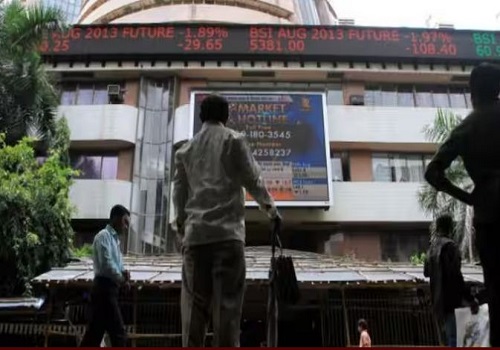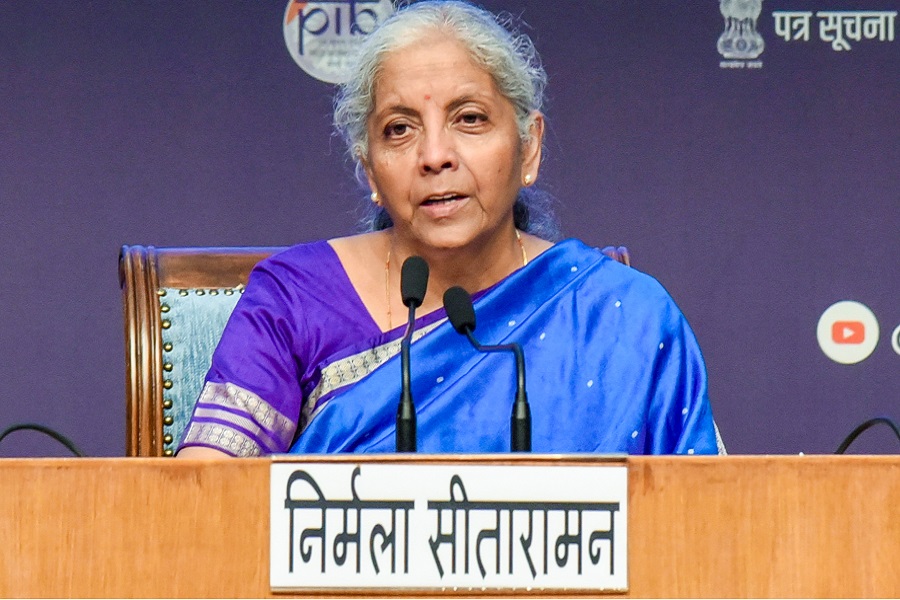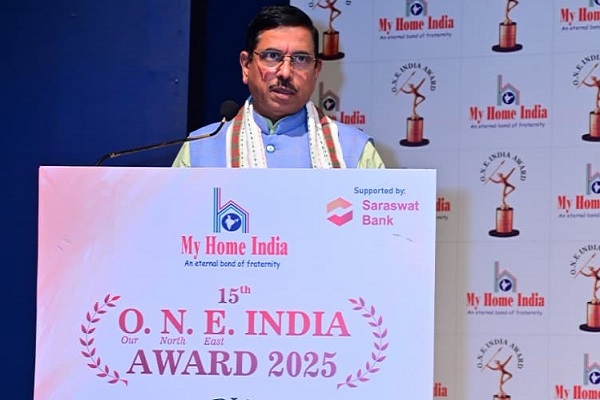Telecom Sector Update : Diverging trends in tariff hike flow-through across three private telcos By Motilal Oswal Financial Services Ltd

Diverging trends in tariff hike flow-through across three private telcos
After a gap of almost 2.5 years, telcos implemented tariff hikes in Jul’24, with RJio taking the lead by raising the tariffs. RJio raised the popular (28-day 1.5GB/day and 84-day 1.5GB/day) plan prices by ~20-25%, while Bharti and Vi followed up with slightly lower ~17-19% price hikes. Overall, the blended tariff hikes were ~17% across the three telcos. However, the tariff hike flow-through has been impacted by SIM consolidation and subscriber churns to BSNL, resulting in ~12% (or IN266b annualized) increase in wireless revenue for the three private telcos since Jun’24. Further, we note that the tariff hike flow-through has seen an increased divergence across the three players, with Bharti registering the highest growth (~17% or INR150b annualized) in its wireless revenue, followed by Rjio (~+9% or INR90b annualized) and Vi (modest ~+7% or INR26b annualized).
Bharti continues to be the biggest beneficiary of tariff hikes
* Bharti continues to be the biggest beneficiary of tariff hikes with ~16% ARPU growth (vs. +11-12% for peers) fueled by ~17% blended tariff hikes in Jul’24.
* We note that RJio typically sees a delayed benefit of tariff hikes, potentially due to either stacking up of recharges (at old rates) by its subscribers or a higher quantum of subs on longer-duration plans.
* We expect tariff hike flow-through to continue in 4QFY25 for RJio, while it is largely reflected in 3Q for Bharti and Vi.
Telcos’ popular plan pricing up ~75-100% over the last five years
Driven by three rounds of smartphone tariff hikes (in Dec’19, Dec’21, and Jul’24), the pricing for RJio’s popular 84-day 1.5GB/d and 28-day 1.5GB/d plans has almost doubled (95-100%) over the last five years. Similarly, the pricing for Bharti and Vi’s comparable popular plans has also jumped ~75-90% over the same period. As a result, Bharti/Vi’s premium to RJio has shrunk from ~15% in Nov’19 to a modest ~8% on the 84-day 1.5 GB/day plan, while it has shrunk from ~30% to ~17% on the 28-day 1.5GB/day plan.
Bharti has been narrowing the gap with RJio driven by tariff repair
* Despite a higher increase in pricing plans for RJio (vs. peers), the trend of tariff hike flow-through has been divergent:
* Driven by its focus on premium subscribers, Bharti has been the biggest beneficiary of tariff hikes, with ~92% increase in ARPU vs. Sep’19 (i.e., before the first tariff hike), while ARPU for RJio/Vi has grown at a relatively modest ~52% each.
* Despite sharp tariff hikes, Bharti has also managed to gain its fair share in subscriber net adds, which has resulted in a 2.4x surge in quarterly wireless revenue (vs. Sep’19), outpacing RJio’s ~2.1x growth.
* Further, Bharti’s reported wireless EBITDA is now almost similar to RJio’s reported EBITDA, which includes the contribution from FTTH and FWA
Limited benefits of tariff hikes for Vi; subscriber stabilization crucial
Given Vi’s inferior subscriber mix and continued subscriber declines, the benefits of tariff hikes have been limited. Despite three rounds of smartphone tariff hikes and near doubling of popular plan pricing, we note Vi’s wireless revenue is still ~2% below its wireless revenue in Sep’19 as it continued to lose subscribers. Even in the latest tariff hike (Jul’24), Vi’s annualized wireless revenue is up by a modest ~7% (or INR26b) as compared to the blended 17% tariff hikes. We believe a stabilization of subscriber base is the single most important driver for Vi’s long-term survival.
Bharti outperforms peers on most of the metrics in 3QFY25
Driven by superior tariff hike flow-through and improvement in subscriber net adds, Bharti outperformed peers on most of the metrics in 3QFY25. As per our estimate, Bharti gained ~45bp QoQ (104bp YoY) in subscriber market share among the three private telcos, while Vi lost ~55bp QoQ (~155bp YoY). Similarly, on our estimates, Bharti gained ~80bp QoQ (+225bp YoY) in wireless revenue market share among the three private telcos, while RJio lost ~50bp QoQ (-70bp YoY) and Vi lost ~30bp QoQ (and ~160bp YoY) in 3QFY25.
Valuation and View
* Given the consolidated market structure in the Indian telecom industry, higher data consumption, one of the lowest ARPUs globally, and inadequate returns generated by telcos, we expect at least one more round of tariff reset. We continue to build in a ~15% tariff hike (or INR50/month rise in the base pack) in Dec’25.
* Vi is embarking on a significant capex cycle (INR500-550b over the next 2-3 years) to bridge the network gap with peers. However, we believe Vi’s capex plans are contingent on a debt raise (which has proven elusive so far) and further relief from the GoI.
* Despite Vi’s large capex plans, we believe Bharti and RJio would continue to gain market share at Vi’s expense, given their superior free cash flow generation and deeper pockets.
* We continue to prefer Bharti (BUY, TP INR1,990) and RJio (RIL, BUY, TP INR1,605) in the telecom space.
For More Research Reports : Click Here
For More Motilal Oswal Securities Ltd Disclaimer
http://www.motilaloswal.com/MOSLdisclaimer/disclaimer.html
SEBI Registration number is INH000000412


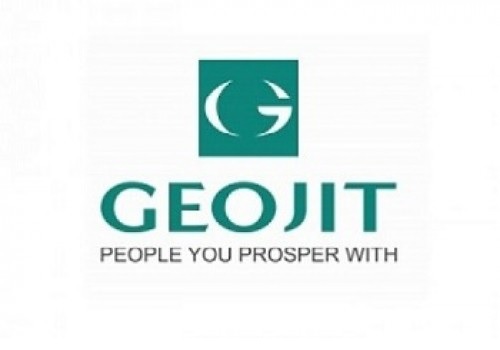
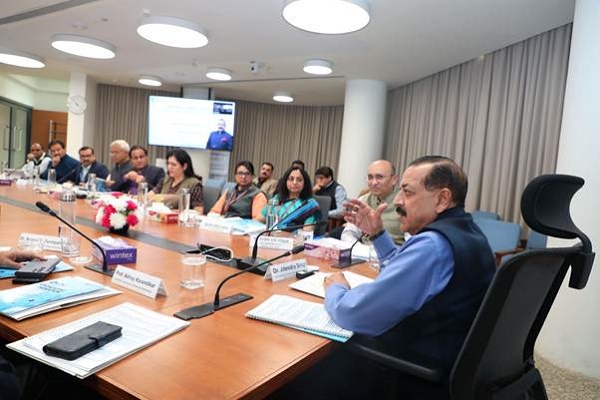

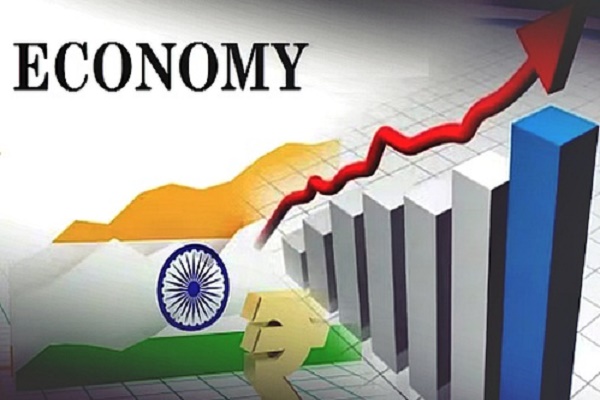




More News

Aviation Sector Update : PAX rises due to robust demand; IndiGo`s share at ~65% by Motilal O...







